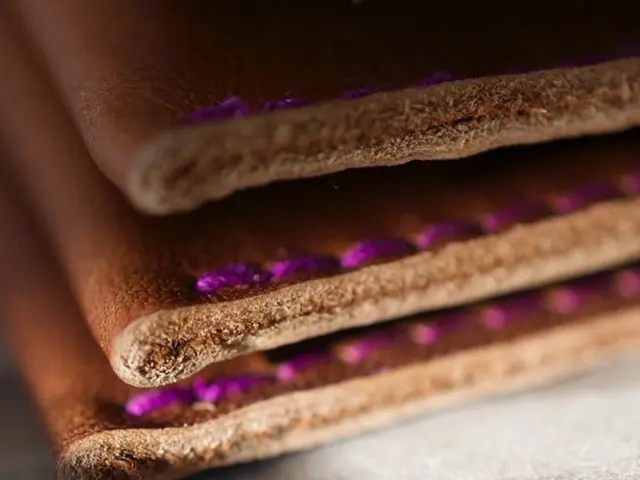Diversity in Paints: Understanding Water-based and Oil-based Paints and Choosing the Right One for Your Next Painting Project
In the world of home improvements, selecting the right paint can make all the difference. Two common types of paint are water-based and oil-based, each with its own set of advantages and disadvantages.
Water-based paints, also known as latex paints, have seen significant advancements, particularly in high-quality acrylics. These paints are now highly durable and easy to maintain, making them a popular choice for both high-traffic commercial and domestic settings. One of their key benefits is their fast drying times, with some paints being wipeable and touch dry in just 2 hours, and recoatable in 4 hours.
Water-based paints are particularly well-suited for interior walls. Their ease of application, quick drying times, and fewer harmful fumes make them an attractive option. Moreover, water-based paints stay white longer due to fewer chemicals affected by UV rays and heat.
On the other hand, oil-based paints offer a more durable and long-lasting finish, especially on wood and metal. They have a longer drying time, with touch dry in 4-6 hours and recoatable in 16-24 hours. Oil-based paints are also known for their higher sheen, providing a more vibrant and glossy finish. However, they are more prone to yellowing, especially in white paints.
When it comes to eco-friendliness, water-based paints are the clear winner. They contain less Volatile Organic Compounds (VOCs), making them a more environmentally friendly choice. Oil-based paints, on the other hand, have a higher level of VOCs, making them less eco-friendly.
In terms of coverage, oil-based paint typically covers around 17 square metres per litre, while the coverage of water-based paints may vary depending on the specific product.
When it comes to choosing the best paint for wood projects, oil-based or acrylic latex paint is usually the preferred choice due to their durability and protection. For walls, high-quality latex or acrylic paint is preferred for good coverage and easy maintenance. Michael Rolland recommends Zinsser's Water Based Exterior Satin for exterior wood projects. For high-traffic interior walls, Farrow and Ball's Modern Emulsion and Benjamin Moore's Ultra Spec Scuff X are suitable options.
In conclusion, both water-based and oil-based paints have their own strengths and weaknesses. The choice between the two depends on the specific needs of the project, whether it's durability, eco-friendliness, or ease of maintenance. Always remember to consider the project's requirements before making a decision.
Read also:
- China and India engaging in negotiations to restart cross-border trade following a 5-year suspension
- Nighttime Sweating Excess: Causes and Strategies to Prevent It (Hyperhidrosis Focused)
- Investigating stem cells as a potential treatment for ulcerative colitis: Recent findings and advancements
- Download printable coloring pages featuring vibrant Pikmin characters from Play Nintendo!








